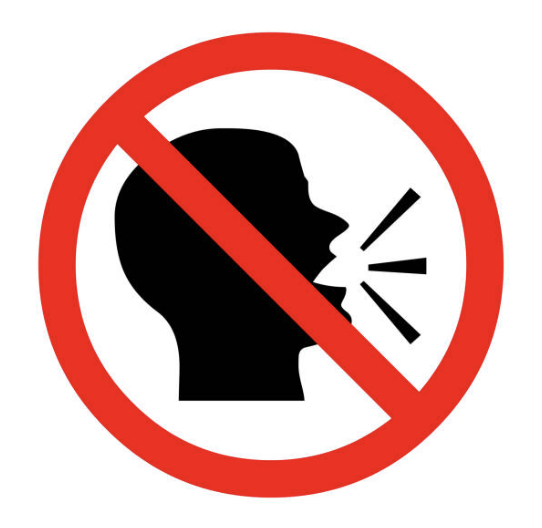Quality, but what about ME, and arguably 3.11. Does NT cover both 3.5.1 and 4? (my memory is hazy about earlier)
8.1 as well
I see 8.1 as 9. Will never not.
Bob
I don’t know if they reclassified it at some point, but back on those days 3.5 was titled “Windows for Workgroups” and 4.0 was the first to be known simply as “NT”.Forget what I said, I recalled an old memory from childhood of a 3.5 upgrade box for people running Windows for Workgroups.
NT 4.0 is definitely what popularized that version prior to Windows 2000 and XP. Most people who just say “Windows NT” are thinking about 4.0.
3.11 was WfW, and ran on top of DOS just like 3.1 did.
NT 3.51 used the NT kernel, and (mostly) looked like 3.1/3.11 on the surface. NT 4 used the NT kernel, and (mostly) looked like Win95.
Win 95/98/Me also ran on DOS, though it was more tightly integrated than it was in the 3.1 days.
Win 2k and everything after was based on NT.
Replace NT in this list with ME and you have all the consumer versions. NT versions 3.5 and 4 were the business versions in parallel with 95, 98, and ME.
Win2k wasn’t consumer. It was the business offering at the same time as ME, which may be surprising to some. Xp was their successor, merging the business and personal lines.
I remember using Windows 2000 at school. That OS was solid. Far more reliable and stable than what I was running at home (Windows 98, first edition).
Yeah, those were the days, back when more often than not a Windows upgrade was also an improvement. As much as I loved Win2k, WinXP was even better. Let’s not talk about Vista and while Win7 was nice, it wasn’t much of a UX improvement.
Also 98SE, is that just covered by 98? I don’t think it should be there’s a reason they released a second edition.
Hi, my name is Gabe Newell and I’ll teach you how to count to ten:

1, 2
2 Episode 1, 2 Episode 2, Alyx
Here is an alternative Piped link(s):
Is this what you’ve been waiting for? Say one, two, and four!
Piped is a privacy-respecting open-source alternative frontend to YouTube.
I’m open-source; check me out at GitHub.
RE: Re: FWD: RE:
The reason there isn’t a Windows 9 is because there was a common test for windows versions that went something like this:
std::string winVer = getWinVerStr(); if (winVer.find(“Windows 9”) != -1) { // This is windows 95 or 98 }A good chunk of older programs would likely have issues.
This is a myth. The Win32 API doesn’t even have a method that returns the string “Windows 95”! Windows version numbers are numbers, not strings. Windows 95 was actually 4.0. Windows 98 was 4.1, ME was 4.5, and XP was 5.0.
Actually it’s not entirely a myth - there was some Java library that did this - but it wasn’t widespread at all, and certainly not the documented approach to check the version.
WMI was introduced in XP (I think? Was it later?) and asking WMI for the version string was pretty common.
Lmao they only considered 95 > 98 > ME to be minor version updates? They didn’t even deserve their own major version? Although it’s probably pretty accurate, I remember 98 basically just being a slightly updated 95. I never used ME so no idea with that. It’s still pretty funny though.
Close but not exactly. Windows 5 was 2000, Windows 5.1 was Windows XP.
But it’s more confusing than that because of the two different lines: the MS-DOS based line which covered Windows 1.0 through ME, and the multi-user NT line for workstations and servers which adopted the same version numbers as the currently released MS-DOS line that was available at the same time. I.E. windows NT 3.1 used the windows 3.1 UI from the DOS line, but was New-Technology instead of DOS under the hood. NT4 used the DOS based win95 UI, and NT5 was Windows 2000 also with the familiar Windows 9x UI. Everything since XP has been exclusively NT under the hood.
Thanks for the correction :)
Was dude even at the company after Vista?
Nope. Bill left MS in 2008 and Windows 7 came out in 2009.
Also the joke left out Windows 10x, AKA 11.
And for some reason, it includes NT and Win2k, but leaves out all the other Server versions (2003 through 23H2).
NT (3.x & 4.0) and 2000 were also available as Workstation editions. They were concurrent with Windows 3.x, 95, 98 and ME (which did get missed on the above)
Yeah the whole meme is funny but stupid and wrong. It’s like blaming Steve Jobs for the Vision Pro.
I wonder if they will call the next versions 12 and especially 13. Alternative names:
- Windows AI (because all those new features are so transformative)
- Windows Azure Blue, Red and Yellow (Home and Pro, neither allowing local accounts, also Enterprise where non-hybrid AD still kinda works)
- Windows Edge 20XX (everything has to use cloud computing terms!)
- Windows. Just Windows. (four years later: Windows 2 announced!)
How about Windows NoPrivacyOnlyAdsForYou Edition? Kinda rolls nicely off the tongue.
i mean that applies to every windows version ever so :P
Windows NP(OAFY)
I distinctly remember this joke when 2000 or ME was the most recent one.
0, 360, One, X, S…
People say valve can’t count to 3 but Microsoft is guessing what number comes after 0
NT 3.1 came out before 95, and isn’t a single version (Windows 11 is still Windows NT). If you include NT as a version, you can’t include 2000, XP, or anything after.
In Windows NT math, 6.3 = 8.1
deleted by creator
Yeah I’m over here on Windows 13.
I’m on Windows 2000 which is 1987 versions ahead of Windows 13.
This thing goes to ELEVEN now.
That’s how old this meme is.
The ancient texts are resurfaced.
C’mon! It is not as old as Spinal Tap!
But why not just make Windows 10 better? ;P
I thought 1 came after 360.
Really chafing at mixing NT codebase with 9x codebase (especially when NT had versions).
9x had versions too… 95 was 4.0 and 98 was 4.1. They were mostly just used internally though.
For anyone really curious about this, 1, 2, 3, 95 and 98 are using the old MS-DOS Kernel. Windows 3 was the first product also released with an alternative new NT Kernel and available as Windows 3 NT.
So then when they continued with this NT Kernel they continued to count the version number like that (at least retrospectively when creating Windows 7).
Theres the problem. Everytime hes tried to go sequential, he fucks it up

















